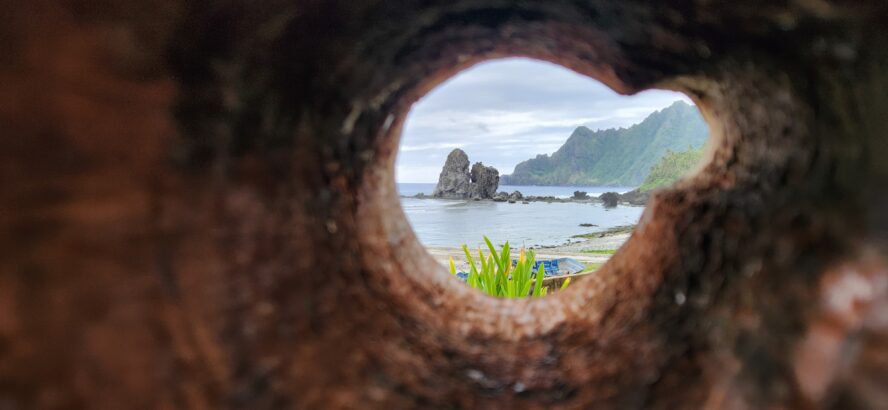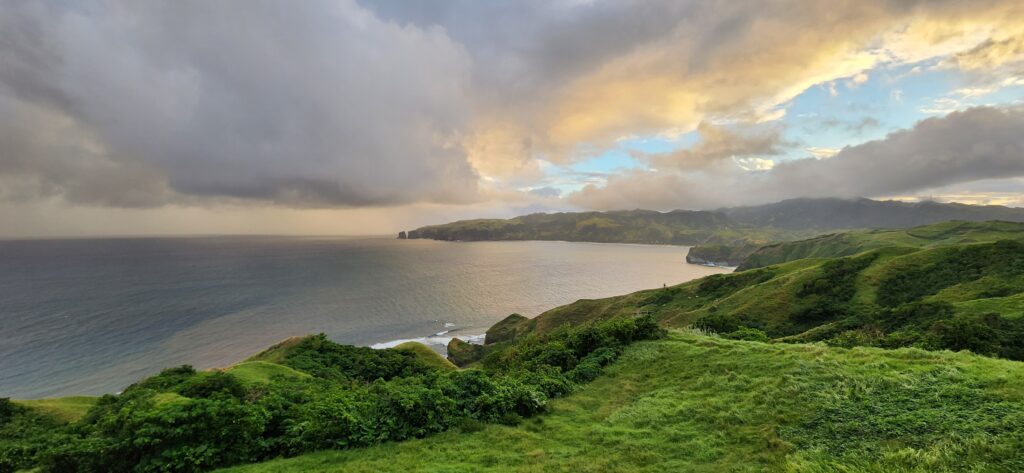THE NUTSHELL:
(AKA WHAT YOU NEED TO KNOW)
- WHERE: Northernmost islands of the Philippines : closer to Taipei than Manila. Regularly battered by typhoons.
- WHAT: Renowned for sweeping scenery of rolling verdant hills, rugged wind-swept cliffs and roiling turquoise sea. Created by climate, volcanic activity, and millions of years of erosion.
- WHO: Only 18,000 people. Mostly indigenous Ivatan. Their unique culture and egalitarian society have earned Batanes a reputation as the most honest province in an island nation rife with corruption.
- HOW: Difficult to get to which locals have managed to make work in their favour. A hardy and resilient community. And despite irregular access to goods, it’s become a model for sustainable tourism.
- WHY: Except for the occasional trespassing foreign fishing vessel in its waters, Batanes is barely in the news. Until now.

The Poetry
| A peaceful place born of turbulence | |
| Isolated and set a drift | |
The challenges of their location have made the Ivantan innovative and resilient. And they pass down their history and their beliefs through a tradition of oral poetry.
Here’s a laji about how thoughtfully the Ivantan welcome special visitors: making sure they don’t pass through areas where they will feel the sun’s oppressive heat nor face the dangers of the forests. In this recording, the elder sings about letting guests go through their farm, where the journey can be peaceful and in the shade. |
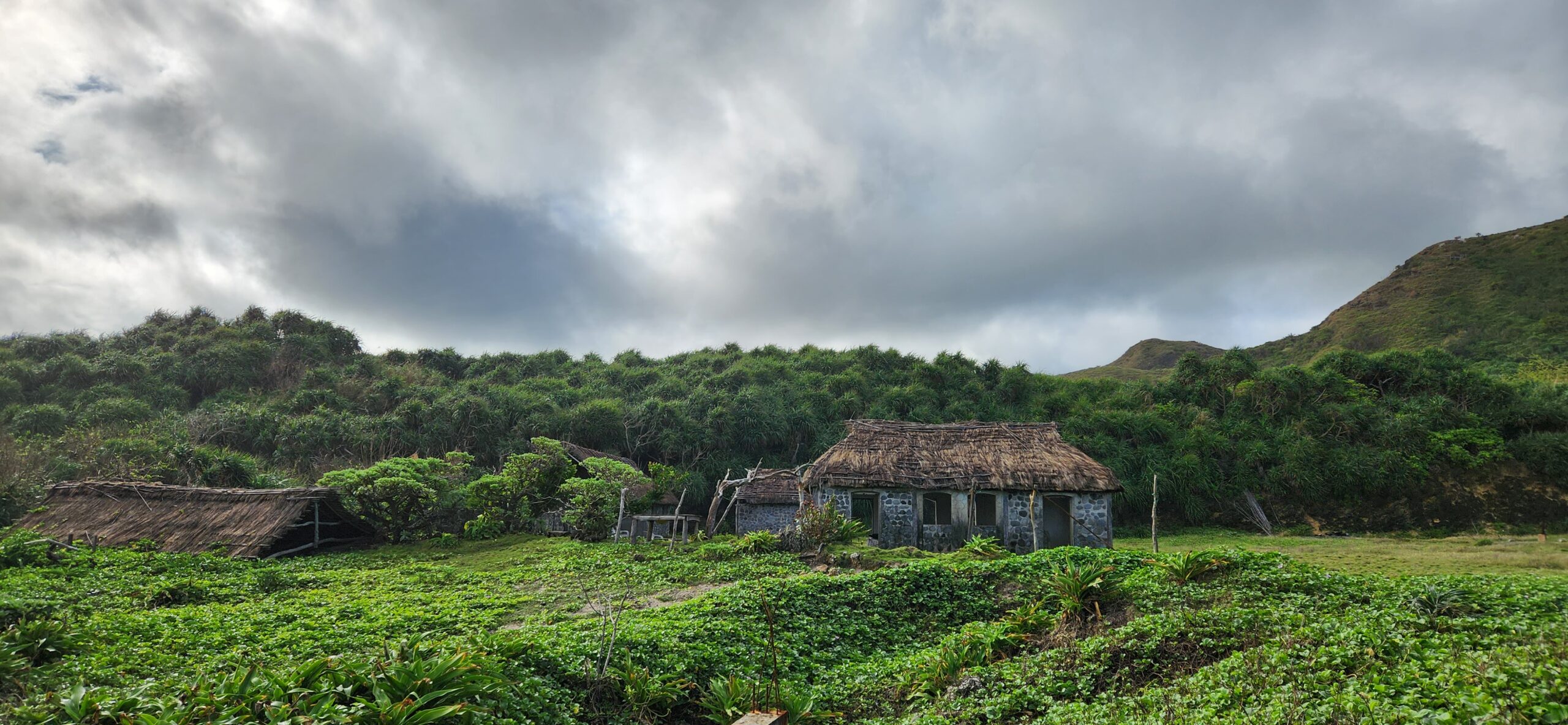
The Rub
Airlines will tell you there are “regular flights” to Batanes — but that isn’t so. There may be flights regularly scheduled, but they don’t always take off. Or if they do — that’s no guarantee that they land in Batanes. Sometimes — I am told “often” — the winds pick up, making it difficult to land the tiny plane.
And it’s a tiny plane because there is only the shortest of tarmacs. The island is so small it’s barely even visible on any maps.
So, your Batanes adventure really begins the moment you get to Manila’s domestic airport for your flight — keep your fingers crossed that you not only board a plane but that it makes it to the intended destination!
…but DUH! Obviously, any trouble to get there is worth it!
Check out what greets you when you come in for a landing…
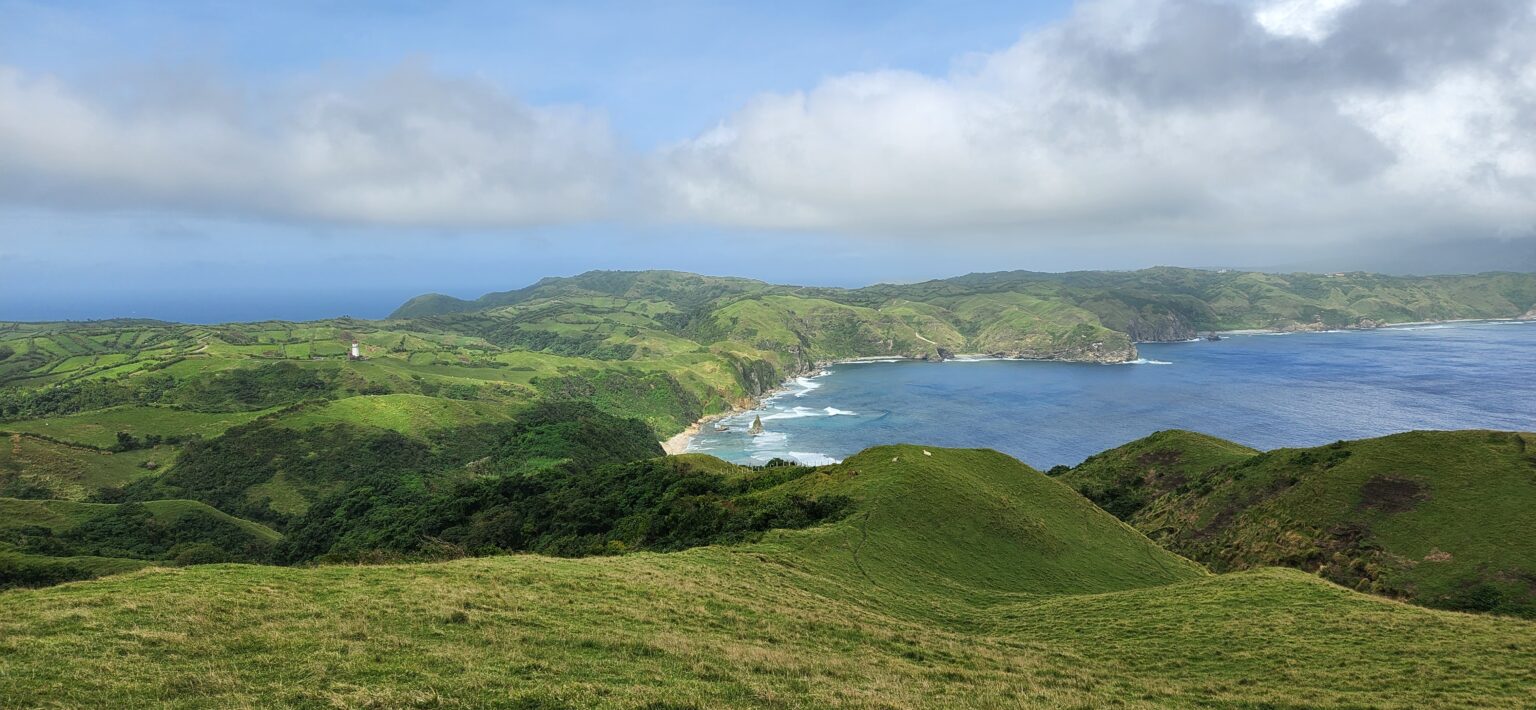
Here, you will meet the most charming and well-meaning people. That may be said of many places, but I guarantee that none are quite like Batanes.
Example: At a narrow road on the side of a steep cliff, drivers stopped to help each other manouevre the path — if that had been some other city in the Philippines, no one would have made way for the other vehicle to pass, much less work together for the benefit of all. We were gobsmacked — and when we expressed this to the locals, they were horrified at the picture we painted of urban chaos.
This is also the only place in the Philippines with an Honesty Cafe — which trusts customers to pay for any items they take. There is no minder watching the store — and no one steals.
In fact, there is no crime in Batanes to speak of at all. And everyone we spoke to felt empowered to vote, trusting that should any local officials fail the public — they would stand accountable. This is not so anywhere else in the country, where most others live in fear political clans and their weapons.
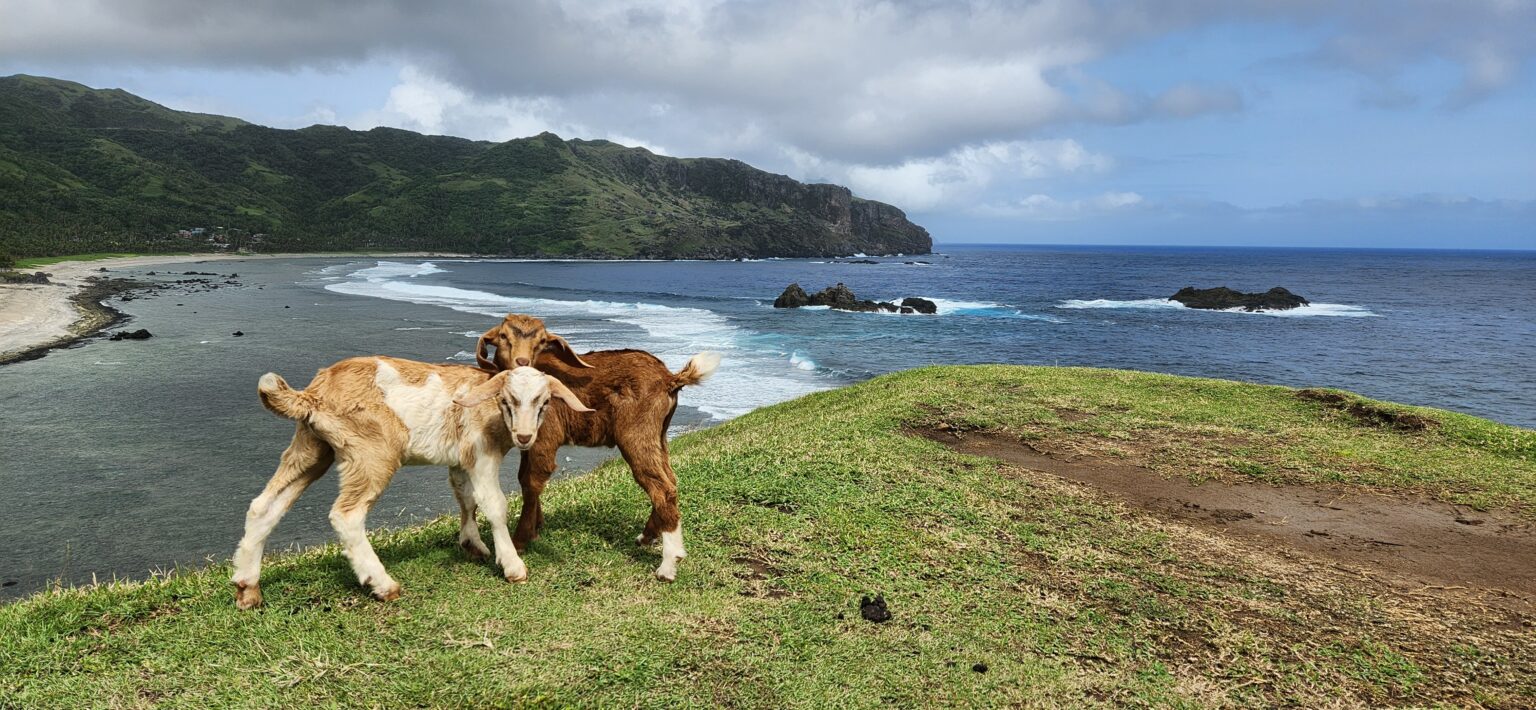
Where trust and community are a way of life.
Through no fault or choice of their own, the people of Batanes now have to welcome “guests” imposed on them by the national government in faraway Manila. And despite what the headlines say, no one we spoke to was concerned over a looming external conflict — it’s the presence of the current armed guests that’s made people anxious.
How much longer will they be able to enjoy the serenity of being mindfully “undiscovered” and only letting in a limited number of tourists — now that they’re in the sights of two superpowers flexing their muscle over a neighbouring island nation that is the world’s largest manufacturer of semicon chips, the driver of our rapidly evolving digital civilization?
Not too far from the northernmost isle of Batanes lies Taiwan’s Orchid Island. 45 square kilometers of very similar landscape, with a people said to have come from the Philippines. They have similar homes, customs, beliefs, and even commonalities in their language. It is this proximity (see map below) that has put Batanes in the crosshairs of China and the US. The former meaning to claim Taiwan as part of its territory, and the latter intending to prevent that from happening. The Philippines has long historical ties with both.
![Location of Orchid Island and the Batanes archipelago. Insert shows the upper nodes of the Austronesian family tree based on the work of Blust (1977, [3])](https://www.researchgate.net/profile/Jean-Trejaut-2/publication/49798559/figure/fig1/AS:214370677202955@1428121360722/Location-of-Orchid-Island-and-the-Batanes-archipelago-Insert-shows-the-upper-nodes-of.png)
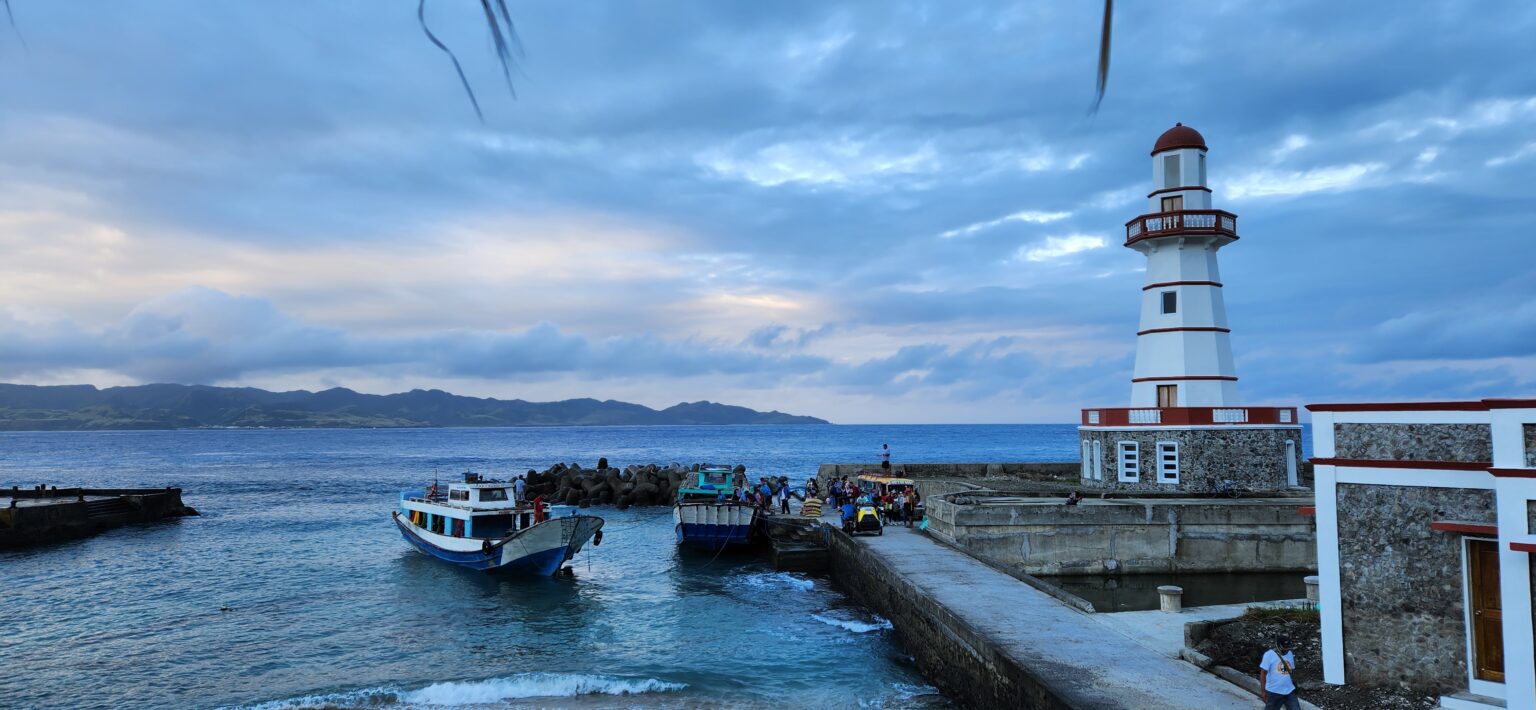
Winds can reach 250 kph during a storm — and though the Ivatans’ traditional stone homes are designed to withstand that, even lesser winds make travel tricky between the three main inhabited islands. On a normal day, seas are still so rough you could wind up wretching if not accustomed to the waves. Turning a nearly 40-minute voyage across the most enchanting waters into torture.
But again — totally worth it!
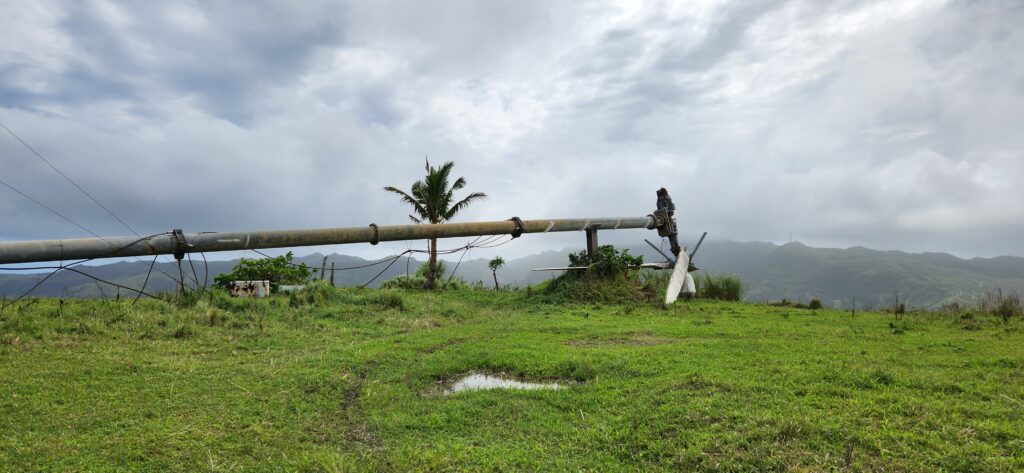
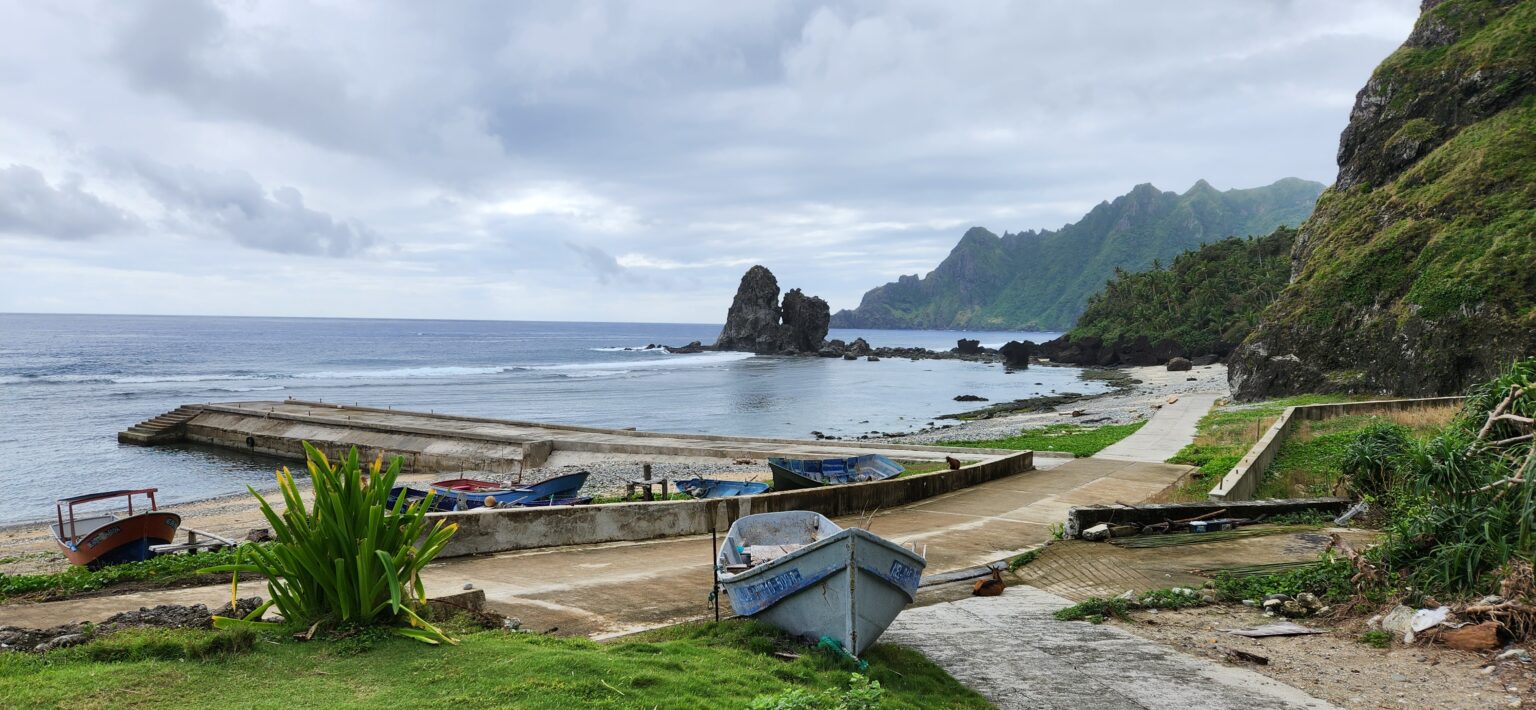
Whispering Waves
It comes as no surprise that in such a small community, everyone knew everyone… and their business. People we met knew when we’d arrived without us saying anything, and they knew where we were staying. Not in a creepy way — but in a “we-have-guests-so-make-them-feel-welcome” way.
And while there didn’t seem to much gossiping about each other, there were two main things that everyone we encountered — and I mean everyone — was talking about:
- “Joes” : US military presence months before any official agreement was announced between the governments in Manila and Washington DC. US soldiers were apaprently conducting training exercises and checking out distances and travel options to Taiwan from Batanes. There was no information about this anywhere in the national press.
- “Qian Bao”: Two Chinese nationals turned up in Batanes just after the US service people, bringing with them little other than bags and bags of cash. They would not stay in one place for long and didn’t register anywhere as is standard procedure for the islands’ counted tourists.
A day after they flew in, jet skis arrived for them on the weekly cargo boat from Manila. Which meant they planned this trip way in advance and sent out the brand new jet skis before they even left the capital.
The locals found the whole thing odd. These visitors, they said, kept to themselves and were not interested in any of the usual tourist sites. Going instead to visit some old wartime ramifications and over-look points.
Then, the two Chinese men left the island on their jet skis — supposedly escorted out by the local coast guard to the middle of the ocean.
These men later turned up on Taiwanese news:
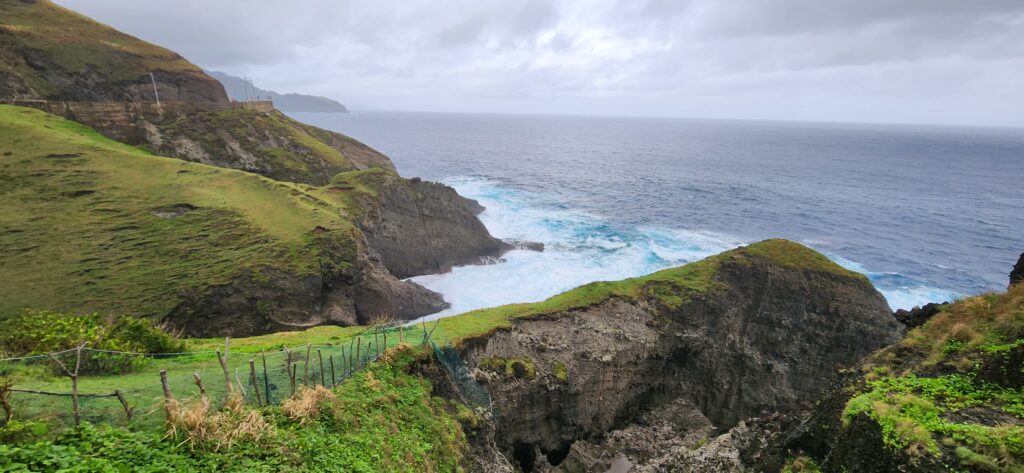
Collateral Damage
…is the one thing the Ivatan don’t want to end up as. And they’re concerned that with recent arrival of their military visitors, that’s exactly what their home could turn into. US soldiers have a track record of leaving destruction in their wake — no matter how noble their intentions might be.
It would be a pity to mar this magical landscape and the unspoilt culture of its people.
Marga Ortigas is a bestselling author and podcaster who spent 3 decades as a journalist, working for CNN International and Al Jazeera. Her novel The House on Calle Sombra was published by Penguin Random House SEA in December 2021. And her next two books will be out in 2023.
